|
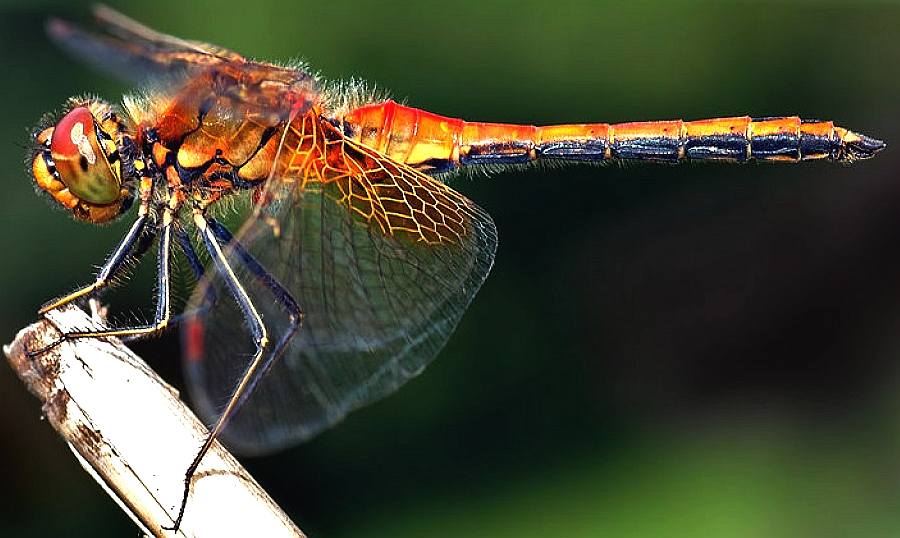
Who
has not seen these magnificent creatures humming about the garden in
summer. A dragonfly is an insect belonging to the order Odonata, the suborder Epiprocta or, in the strict sense, the infraorder Anisoptera (from Greek ανισος anisos, "uneven" + πτερος pteros, "wings", because the hindwing is broader than the forewing). It is characterized by large multifaceted eyes, two pairs of strong transparent wings, and an elongated body. Dragonflies can sometimes be mistaken for damselflies, which are morphologically similar; however, adults can be differentiated by the fact that the wings of most dragonflies are held away from, and perpendicular to, the body when at rest. Dragonflies possess six legs (like any other insect), but most of them cannot walk well. Dragonflies are among the fastest flying insects in the world.
Dragonflies are important predators that eat mosquitoes, and other small insects like flies, bees, ants, wasps, and very rarely butterflies. They are usually found around marshes, lakes, ponds, streams, and wetlands because their larvae, known as "nymphs", are aquatic. Some 5680 different species of dragonflies are known in the world today.
Though dragonflies are predators, they themselves are subject to predation by birds, lizards, frogs, spiders, fish, water bugs, and even other large dragonflies.
The dragonfly has been a subject of intrigue in every single continent it is found in, and with each civilization, has developed a unique meaning to it, its behavior and its lifestyle.
The word Dragonfly and the family it belongs to, Odonata, have evolved from the many myths associated with Dragonflies and their taxonomic cousins, the Damselflies. The word Dragonfly has its source in the myth that Dragonflies were once Dragons.
The family name Odonata comes from the Greek word for tooth as Odonates were believed to have teeth, it is a verified fact now that while they don’t have ‘teeth’ per say, they have strong mandibles that they use to crush their prey.
SYMBOLISM
As a creature of the wind, the dragonlfy totem represents change. It's iridescent wings are incredibly sensitive to the slightest breeze, and so we are reminded to heed where the proverbial wind blows - lest we run into stormy weather.
CLASSIFICATION
Formerly, the Anisoptera were given suborder rank beside the "ancient dragonflies" (Anisozygoptera), which were believed to contain the two living species of the genus Epiophlebia and numerous fossil ones. More recently it turned out that the "Anisozygopterans" form a paraphyletic assemblage of morphologically primitive relatives of the Anisoptera. Thus, the Anisoptera (true dragonflies) are reduced to an infraorder in the new suborder Epiprocta (dragonflies in general). The artificial grouping Anisozygoptera is disbanded, its members recognized as extinct offshoots at various stages of dragonfly evolution. The two living species formerly placed there—the Asian relict dragonflies—form the
infra-order Epiophlebioptera alongside Anisoptera.
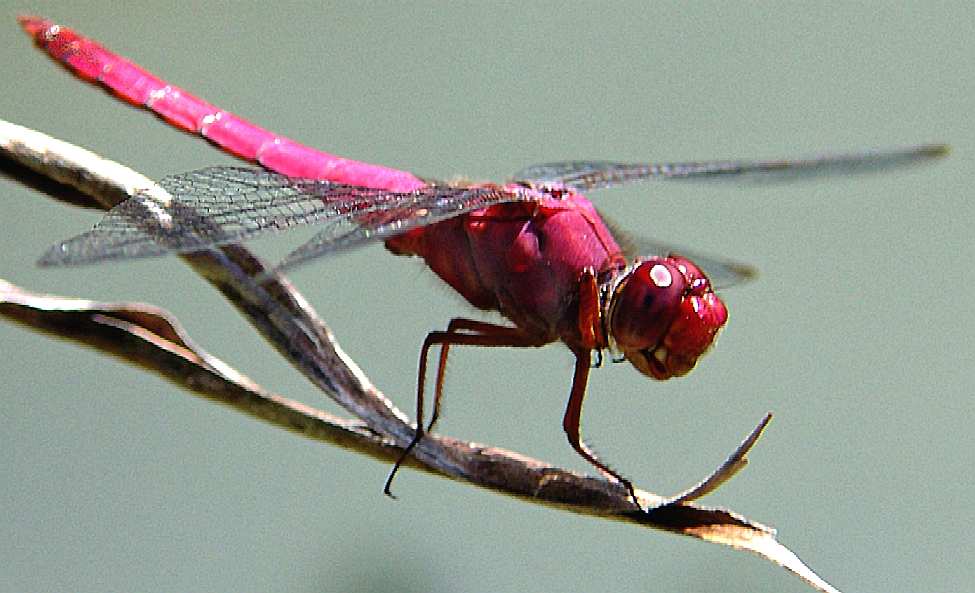
LIFE CYCLE
Female dragonflies lay eggs in or near water, often on floating or emergent plants. When laying eggs, some species will submerge themselves completely in order to lay their eggs on a good surface. The eggs then hatch into nymphs. Most of a dragonfly's life is spent in the nymph form, beneath the water's surface, using extendable jaws to catch other invertebrates (often mosquito larvae) or even vertebrates such as tadpoles and fish. They breathe through gills in their rectum, and can rapidly propel themselves by suddenly expelling water through the anus. Some nymphs even hunt on land, an aptitude which could easily have been more common in ancient times when terrestrial predators were clumsier.
The larval stage of large dragonflies may last as long as five years. In smaller species, this stage may last between two months and three years. When the larva is ready to metamorphose into an adult, it climbs up a reed or other emergent plant. Exposure to air causes the larva to begin breathing. The skin splits at a weak spot behind the head and the adult dragonfly crawls out of its old larval skin, pumps up its wings, and flies off to feed on midges and flies. In flight the adult dragonfly can propel itself in six directions; upward, downward, forward, back, and side to side. The adult stage of larger species of dragonfly can last as long as five or six months.
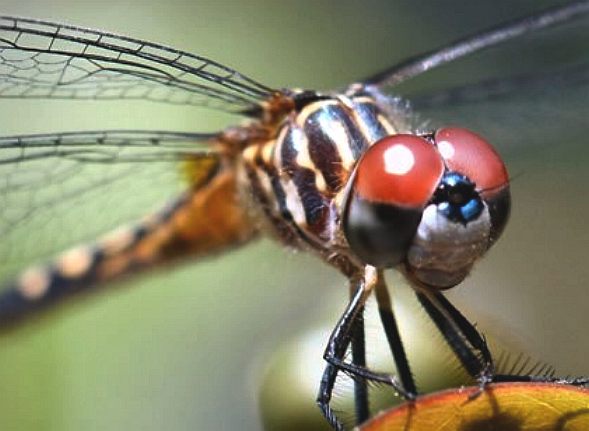
Flight speed
Tillyard claimed to have recorded the Southern Giant Darner flying at nearly 60 miles per hour (97 km/h) in a rough field measurement. However, the greatest reliable flight speed records are for other types of insects. In general, large dragonflies like the hawkers have a maximum speed of 10–15 metres per second (22–34 mph) with average cruising speed of about 4.5 metres per second (10 mph).
Power and Poise
The dragonfly’s agile flight and its ability to move in all six directions exude a sense of power and poise - something that comes only with age and maturity.
The dragonfly can though move at an amazing 45 miles an hour, hover like a helicopter fly backwards like a hummingbird, fly straight up, down and on either side. What is mind blowing is the fact that it can do this while flapping its wings a mere 30 times a minute while mosquitoes and houseflies need to flap their wings 600 and 1000 times a minute respectively.
Dragonflies and damselflies
Damselflies (suborder Zygoptera), typically smaller than dragonflies, are sometimes confused with newly moulted dragonflies. However, once a dragonfly moults, it is already fully grown. There are other distinctions that set them apart: most damselflies hold their wings at rest together above the torso or held slightly open above (such as in the family Lestidae), whereas most dragonflies at rest hold their wings perpendicular to their body, horizontally or occasionally slightly down and forward. Also, the back wing of the dragonfly broadens near the base, caudal to the connecting point at the body, while the back wing of the damselfly is similar to the front wing. The eyes on a damselfly are apart; in most dragonflies the eyes touch. Notable exceptions are the Petaluridae (Petaltails) and the Gomphidae (Clubtails).
The largest living odonate by wingspan is actually a damselfly from South America, Megaloprepus caerulatus (Drury, 1782) while the second largest are females of the dragonfly Tetracanthagyna plagiata (Wilson, 2009). The female T. plagiata is probably the heaviest living odonate.
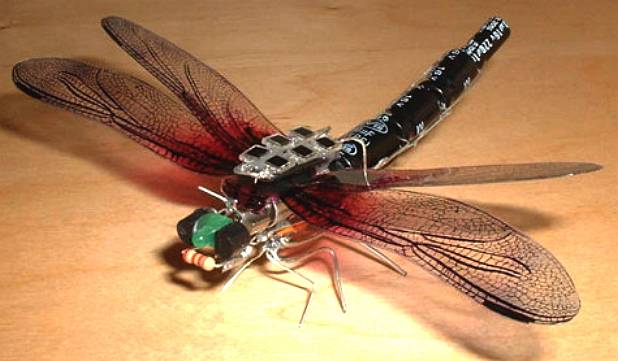
MYTHOLOGY
Asia and America
Let’s start with something nice. To the Japanese, it symbolizes summer and autumn and am admired and respected all over, so much so that the Samurai use it as a symbol of power, agility and best of all, Victory.
In China, people associate the dragonfly with prosperity, harmony and as a good luck charm.
Amongst Native Americans, it is a sign of happiness, speed and purity. Purity because the dragonfly eats from the wind itself
Europe and subsequently Australia
Beginning from calling the dragonfly, the witches’ animal, and that Satan sent it on earth to cause chaos and confusion, to calling it, Ear Cutter, Devil’s Needle, Adderbolt and worst of all, Horse Stinger, which soon spread Down Under, when the British colonized Australia. The name Horse Stinger comes from the misinformed observation that horses that were kicking and stamping around usually had a few dragonflies hovering around them. Fact remains though, that the dragonflies could well have been helping the horse by eating some of the parasitic insects that were doing the actual ‘horse stinging’.
Well, the Welsh call the dragonfly the snake’s servant and think they follow snakes and stitch up their wounds…and continuing with the misnomers, they are called eye pokers and eye snatchers in Portugal.
In Sweden, folklore suggests that we dragonflies come around to check for bad souls - to weigh souls to be more ‘accurate’ and elsewhere, believed to sneak up to children who tell lies and also adults who curse and scold, to stitch up their eyes, mouth, and ears respectively.
For a species of insects that have inhabited our planet for almost 300 million years, it is only natural perhaps that they have such a wide and varied perception amongst various civilizations.
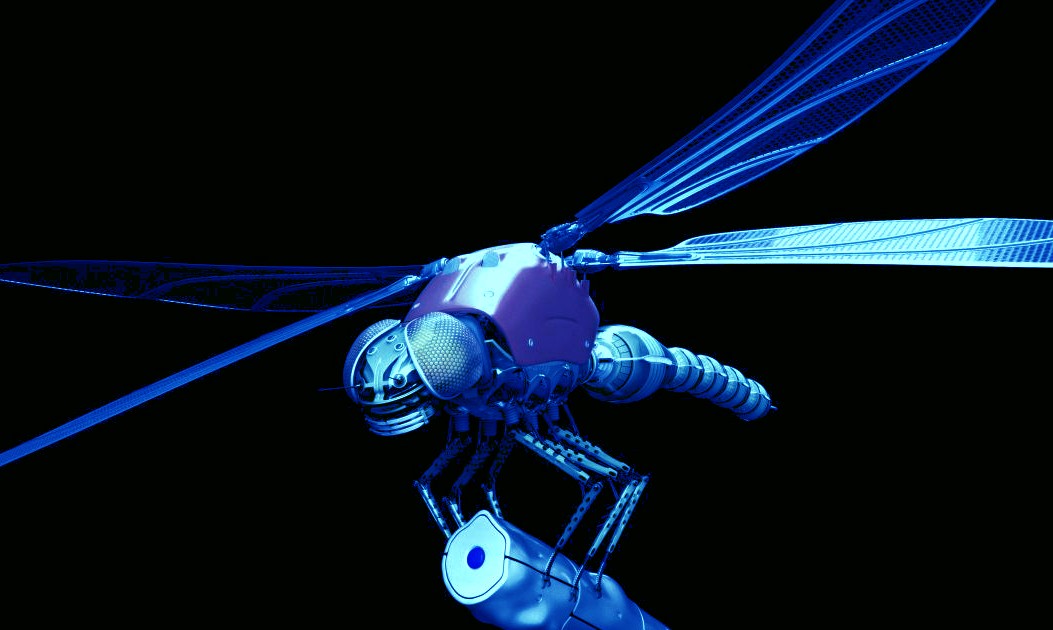
COMMON SPECIES
Northern hemisphere
Emperor, Anax imperator
Keeled Skimmer, Orthetrum coerulescens
Black-tailed Skimmer, Orthetrum cancellatum
Common Whitetail, Libellula lydia
Migrant Hawker, Aeshna mixta
Azure Hawker, Aeshna caerulea
Southern Hawker, Aeshna cyanea
Norfolk Hawker, Aeshna isosceles
Common Hawker, Aeshna juncea
Red-veined Darter, Sympetrum fonscolombii
Common Darter, Sympetrum striolatum
Vagrant Darter, Sympetrum vulgatum
Yellow-winged Darter, Sympetrum flaveolum
Broad-bodied Chaser, Libellula depressa
Four-spotted Chaser, Libellula quadrimaculata
Scarce Chaser, Libellula fulva
Green Darner, Anax junius
Downy Emerald, Cordulia aenea
Blue-eyed Darner, Aeshna multicolor
Roseate Skimmer, Orthemis ferruginea
Widow Skimmer, Libellula luctuosa
Great Pondhawk, Erythemis vesiculosa
Comet Darner, Anax longipes
Banded Pennant, Celithemis fasciata
Texas Emerald, Somatochlora margarita
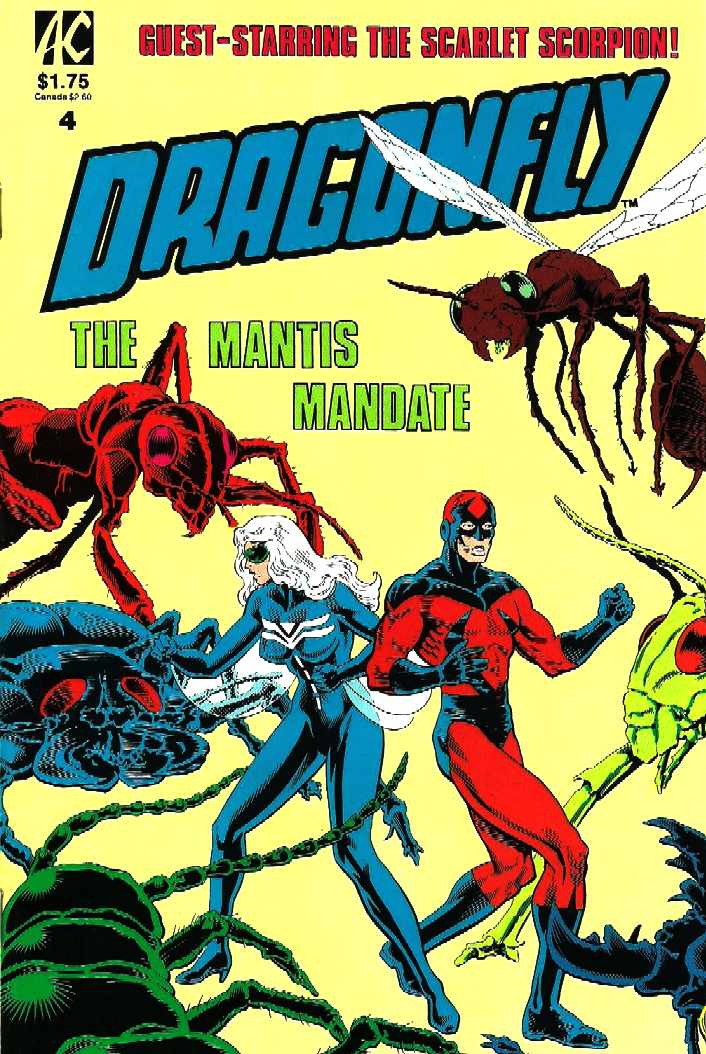
Southern hemisphere
Orange Emperor Anax speratus
Common Thorntail Ceratogomphus pictus
Southern Yellowjack Notogomphus praetorius
Ivory Pintail Acisoma trifidum
Banded Groundling Brachythemis leucosticta
Broad Scarlet Crocothemis erythraea
Little Scarlet Crocothemis sanguinolenta
Black Percher Diplacodes lefebvrii
Black-tailed False-skimmer Nesciothemis farinosa
Two-striped Skimmer Orthetrum caffrum
Epaulet Skimmer Orthetrum chrysostigma
Julia Skimmer Orthetrum julia
Navy Dropwing Trithemis furva
Kirby's Dropwing Trithemis kirbyi
Jaunty Dropwing Trithemis stictica
MILITARY
VEHICLES
'Dragonfly'
is also the name of a ship with
wings, that operates with a partly submerged hull, so just like the insect
interfaces with air and water during its life cycle. The Dragonfly
is suitable for military (NATO) peacekeeping
operations such as mine hunting and persistent surveillance, where
economic considerations dictate flexible autonomous survey, rather than
brute force battleship presence.
LINKS:
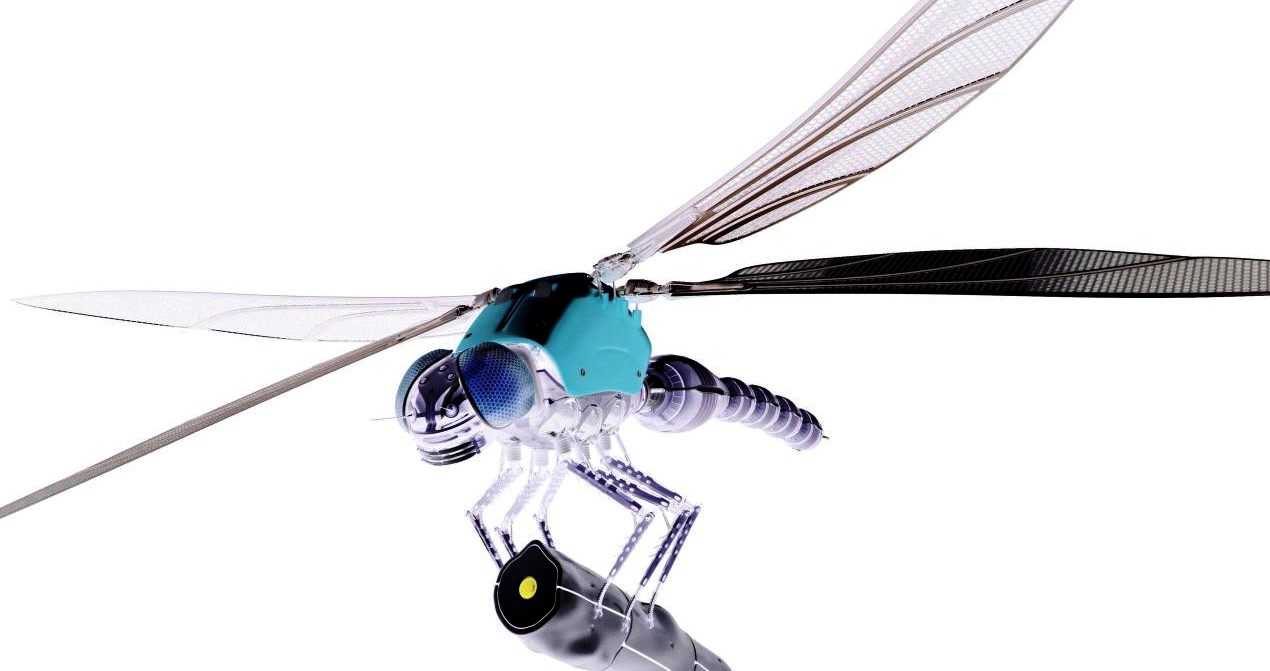
POPULAR
INSECTS:
|
Ants
Apid
Army
Ant
Bee
Beetles
Bulldog
Ant
Butterfly
Centipede
Cockroach
Crickets
Damsel
Fly
Death
Watch Beetle
Dragonfly
Dung
Beetle
Earwig
Fly
Grasshopper
Hornet
|
Ladybird
Leafcutter
Ant
Locust
Mantis,
Preying
Maybug
Millipede
Mosquito
Moth
Praying
Mantis
Scarab
Beetle
Stag
Beetle
Stick
Insect
Termite
Wasp
Water
Boatman
Wood
Ant
Woodlice
Woodworm |
Please
use the Index below to navigate the Animal Kingdom:-
OTHER
ANIMALS:
Youtube:
|
Dragonfly
aquatic predator & robot - Youtube
|

Global
warming has unexpected consequences for
competing
groups
of scientists
each
wanting to take credit for
themselves
for the find of the century.
This
short story is being developed for
release as a
full length novel
(e-book)
for
2015
with
storyboards
for a film in 2016
of ASAP
thereafter.
|






